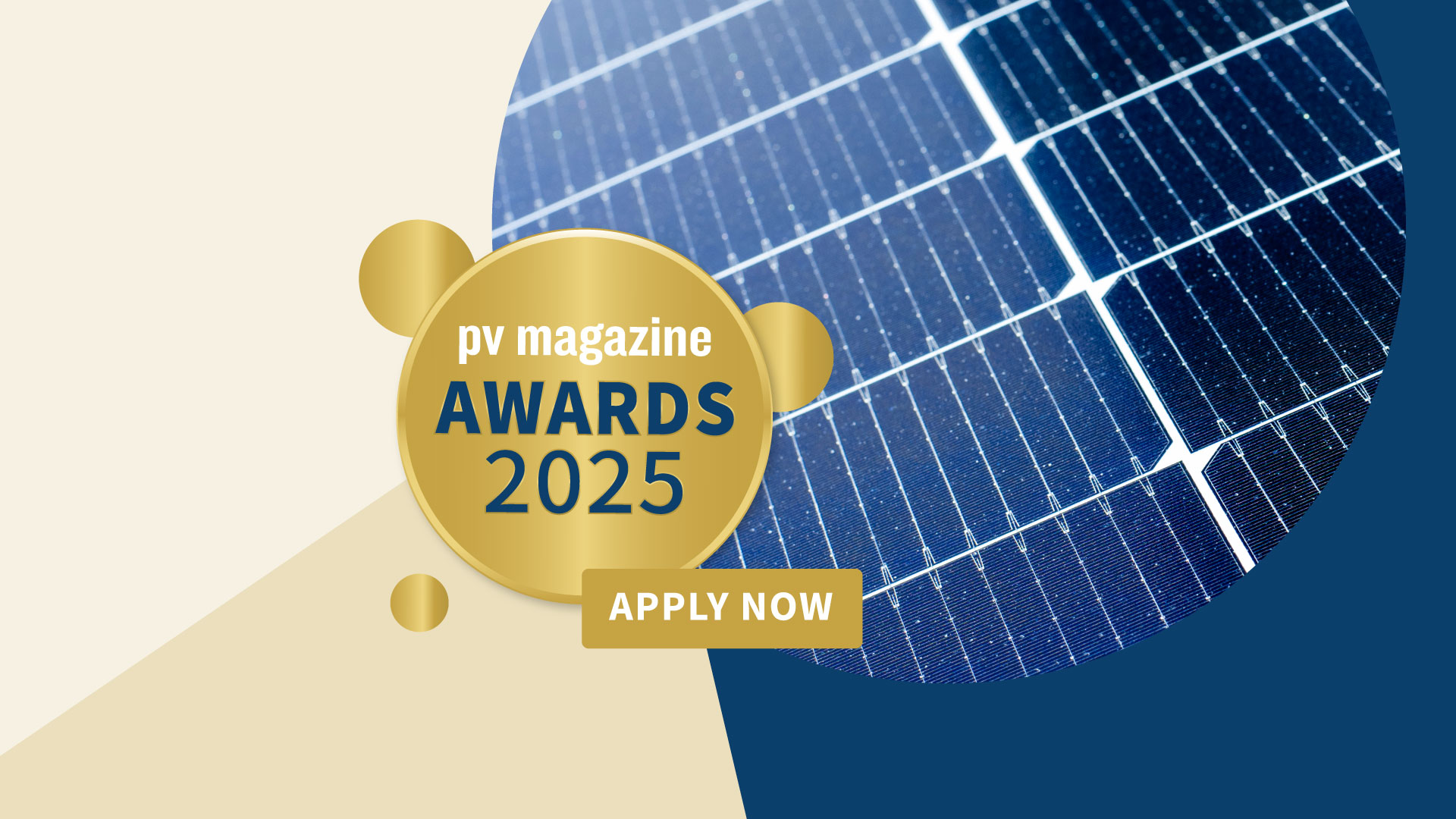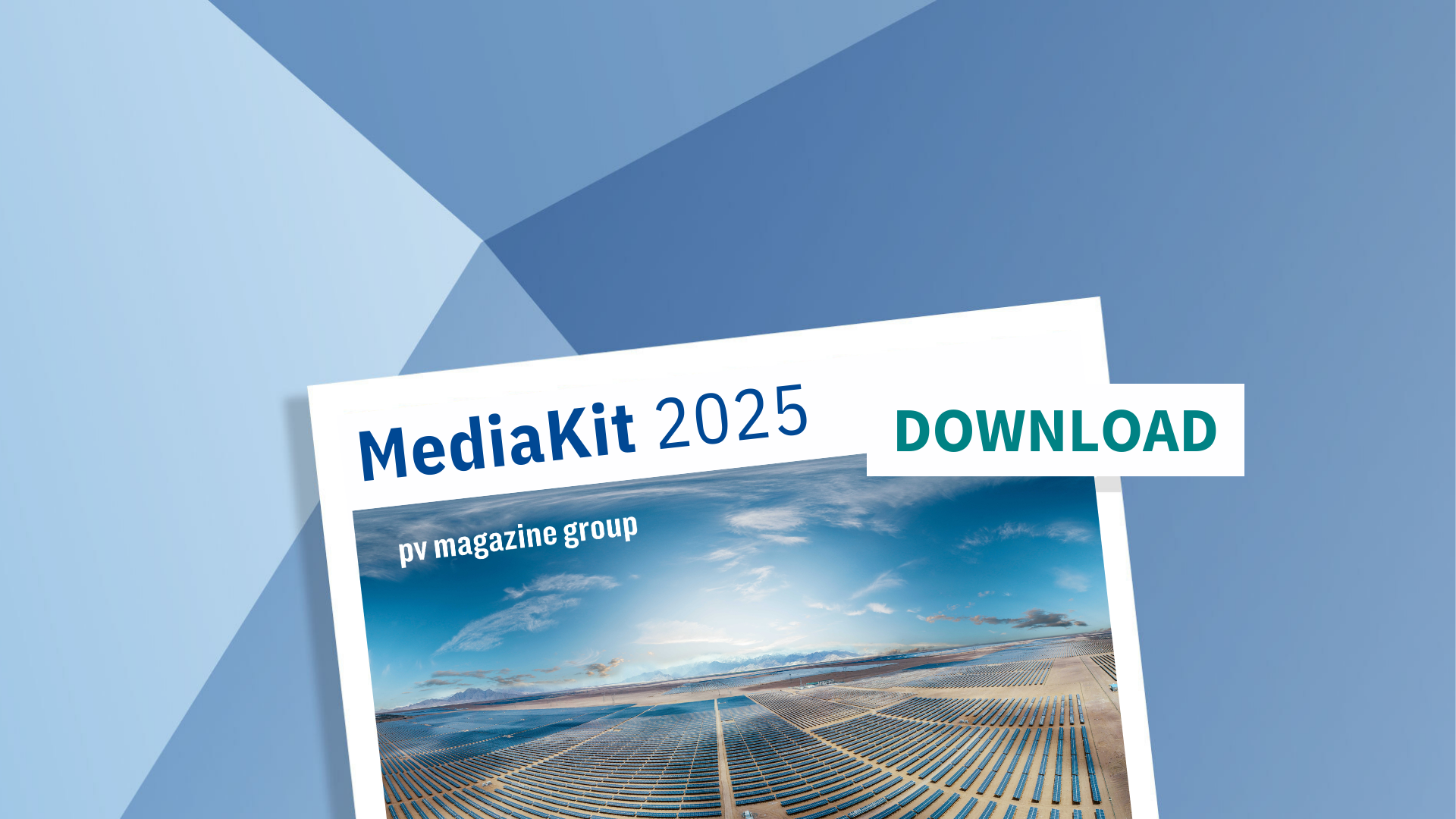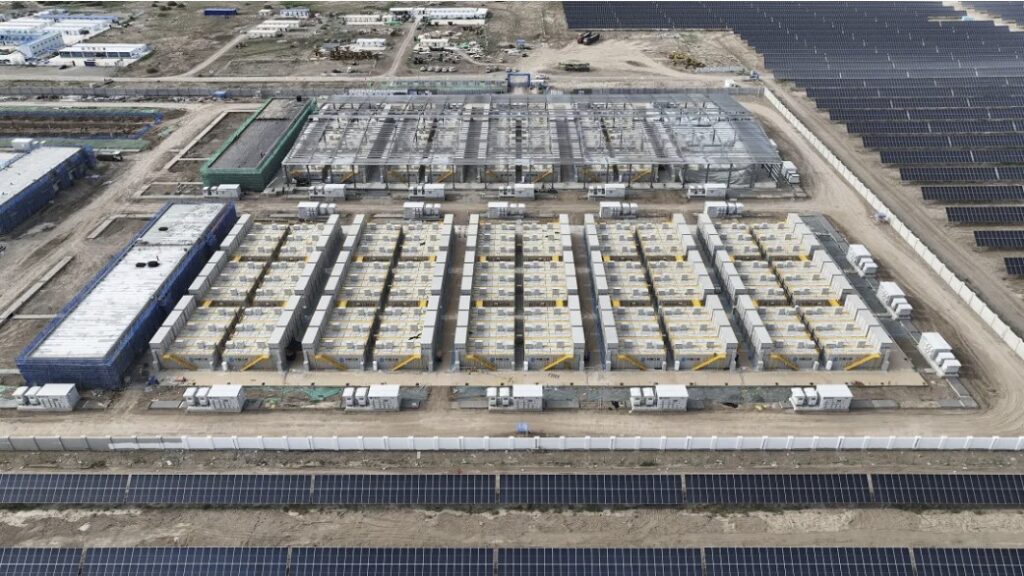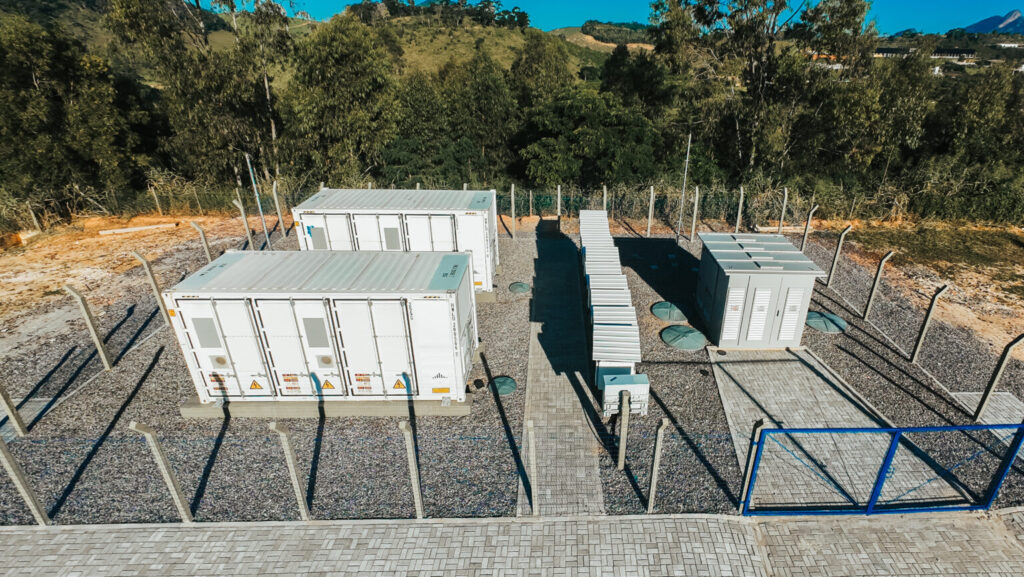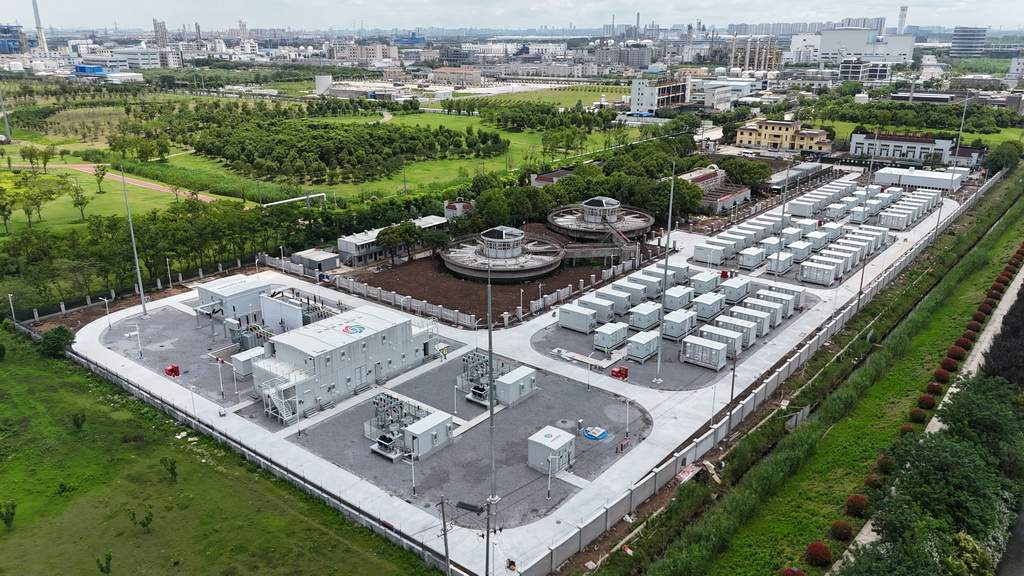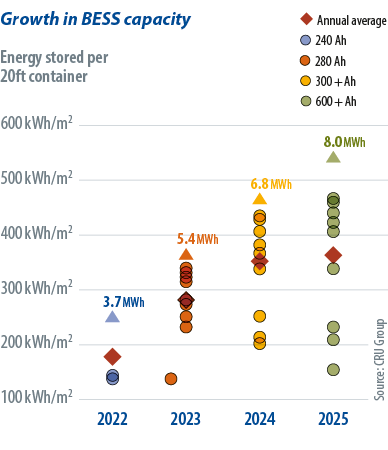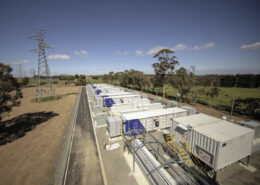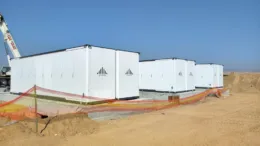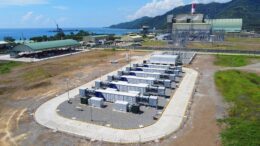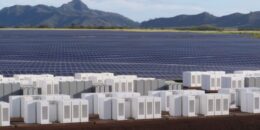India’s renewable energy storage capacity to rise by 6 GW by 2028
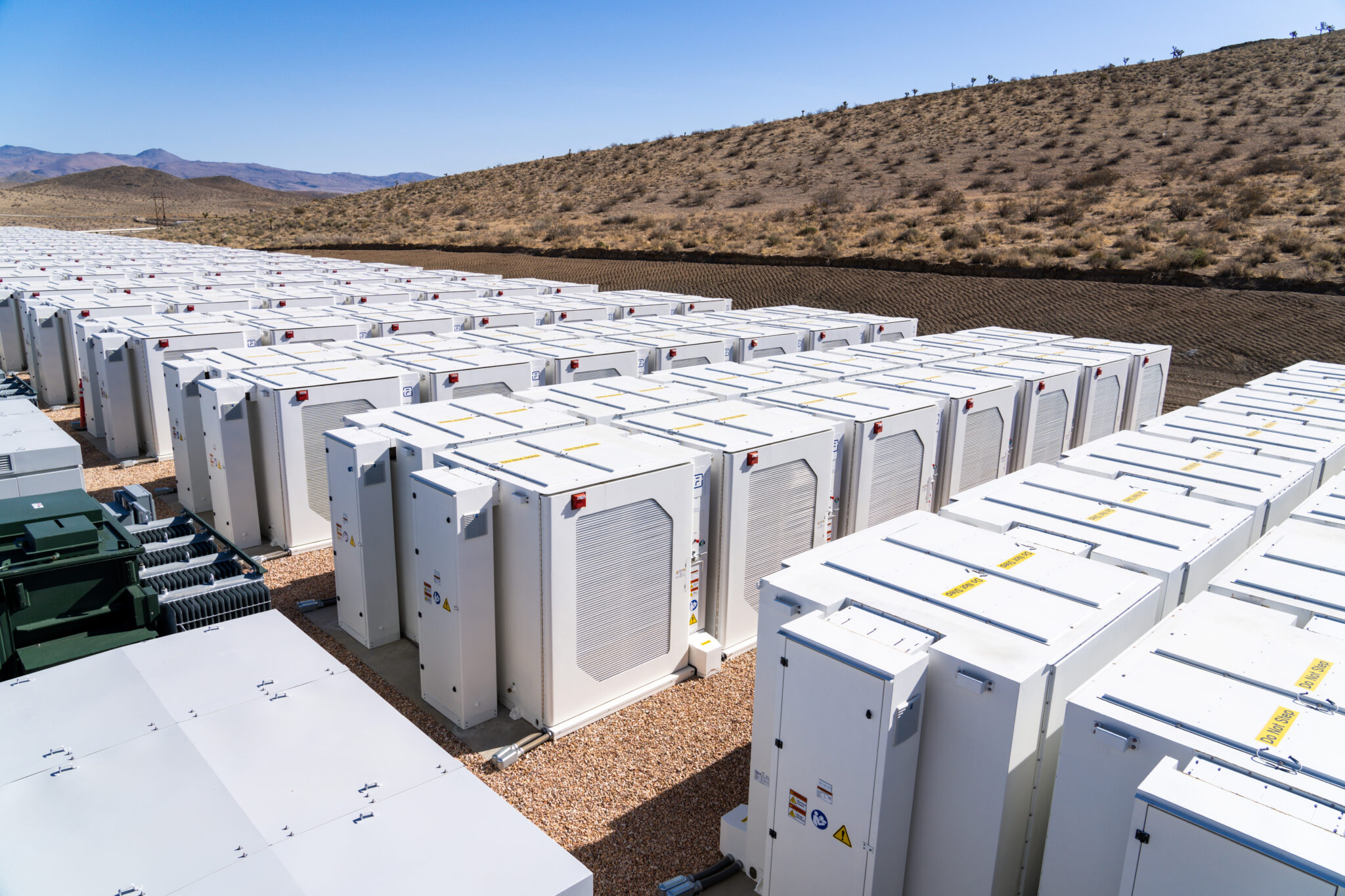
Ratings agency Crisil said that it expects India’s renewable energy storage capacity to surge 6 GW by fiscal 2028, from less than 1 GW operational as of March 2024.
It said the energy storage capacity additions will be driven by a robust pipeline of projects under implementation and expected healthy pace of auctions. Such an increase is crucial to sustainably absorb the rising share of renewables in the country’s overall power generation mix.
Analysts noted that while project implementation is slow, the government’s push for renewable energy and competitive tariffs for round-the-clock energy boost confidence in energy storage adoption. Notably, recent tariffs for round-the-clock renewable energy are comparable to those of other continuous power sources.
Storage is increasingly vital as solar and wind power’s share in overall generation grows. Since renewable generation is concentrated at specific times, such as solar power during the day, it often doesn’t align with peak demand, which typically occurs in the morning and evening. Therefore, surplus generation must be stored and discharged when needed to keep the grid balanced.
To address this, the government is promoting standalone storage systems like pumped hydro or battery storage and storage-linked projects combining renewable generation with storage. The auctions for these projects have increased, with 3 GW of standalone storage and 10 GW of storage-linked projects, including 2 GW of storage, auctioned in the past two fiscal years. This has created a pipeline of 6 GW of storage as of May 2024.
According to government estimates, developing this much storage capacity is essential to sustainably increase renewable power’s share to 20% to 22% of total generation.
However, progress has been slow. Manish Gupta, senior director at Crisil Ratings, said that the sluggish adoption by state distribution companies (discoms) has been a significant barrier, with 60% to 65% of such projects lacking power purchase agreements (PPAs) as of May 2024.
Looking ahead, Crisil expects that the government’s push for renewable power and the competitive tariffs of storage projects compared to other round-the-clock sources will boost adoption.
The government plans to increase the nation’s renewable capacity to 450 GW by 2030, up from 130 GW as of March 2024. To support this, discoms are required to meet renewable purchase obligations (RPOs), increasing the share of renewable power in their mix from 25% to 39% by fiscal 2028. This will drive discoms to buy more renewable power, and as penetration grows, storage will become increasingly critical for grid balancing.
Ankit Hakhu, director at Crisil Ratings, said that while storage project tariffs are higher than typical renewable bids, they are comparable to other round-the-clock sources, including medium-term coal thermal power purchase agreements. This comparison is likely to encourage more PPAs.
From pv magazine India



